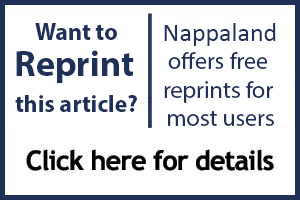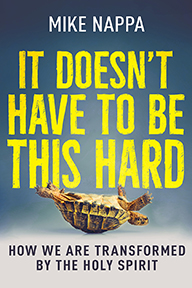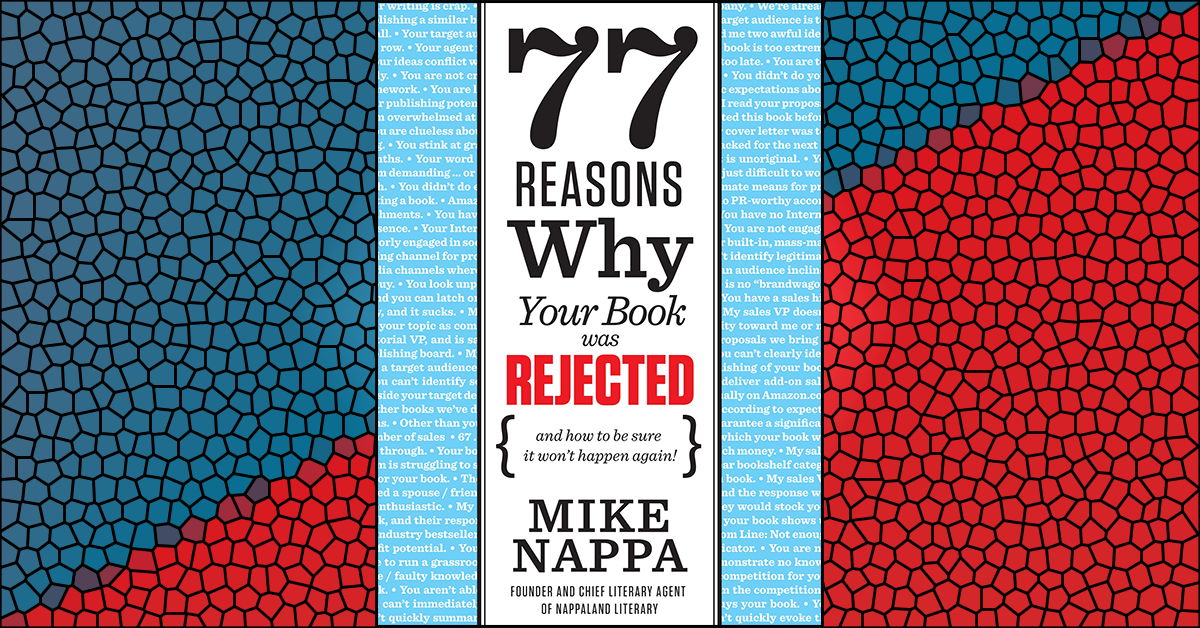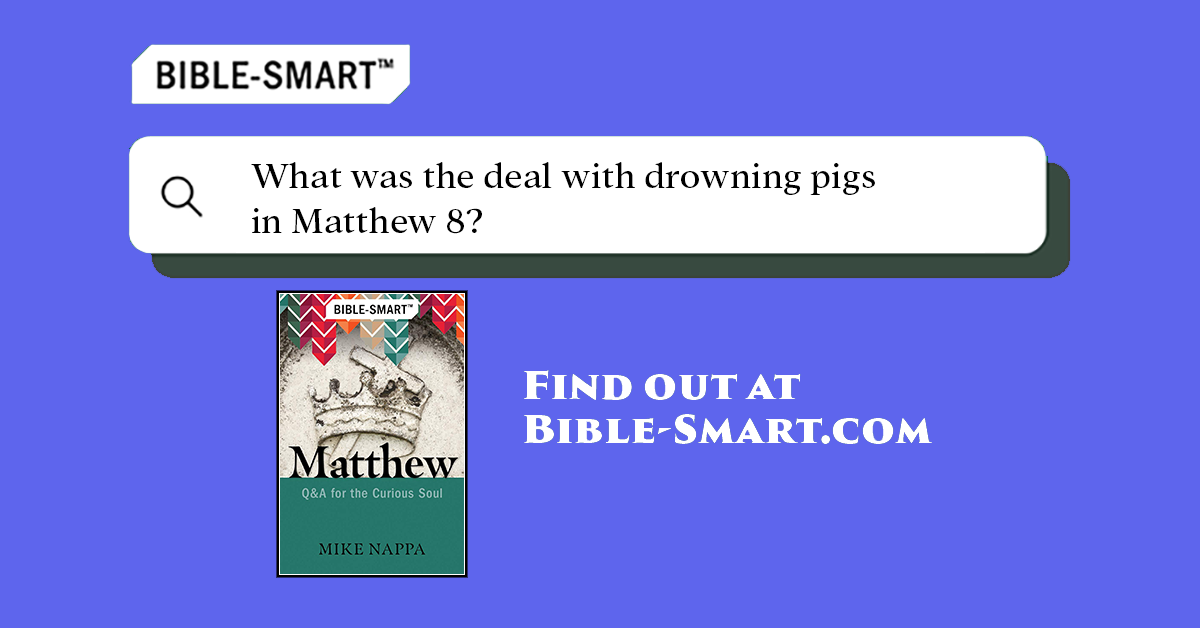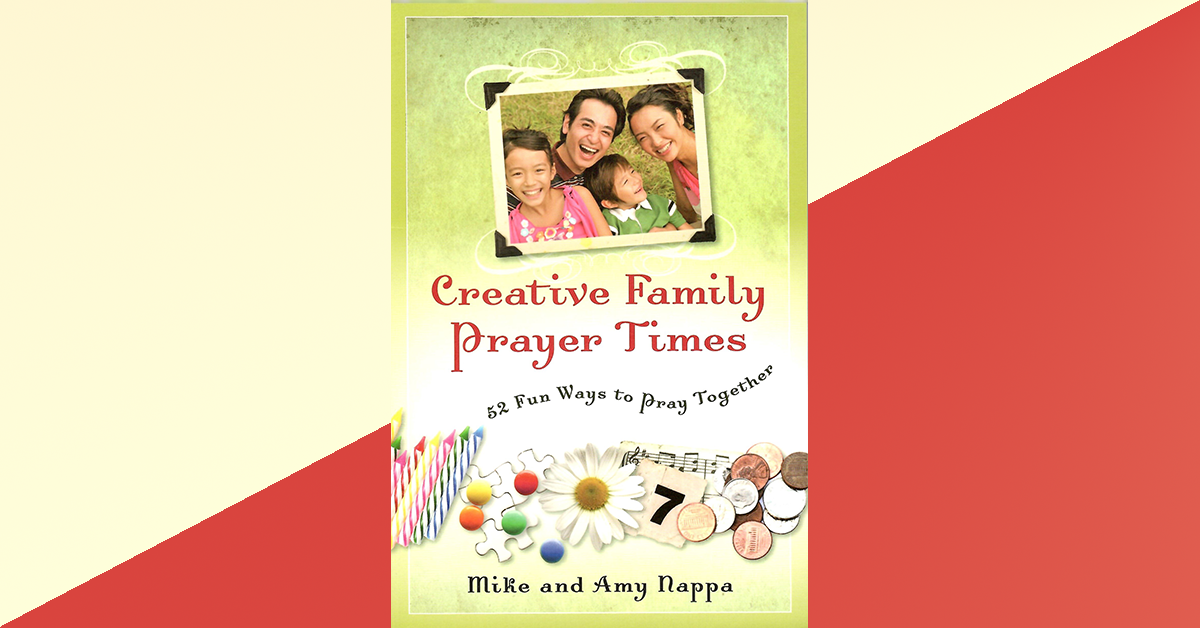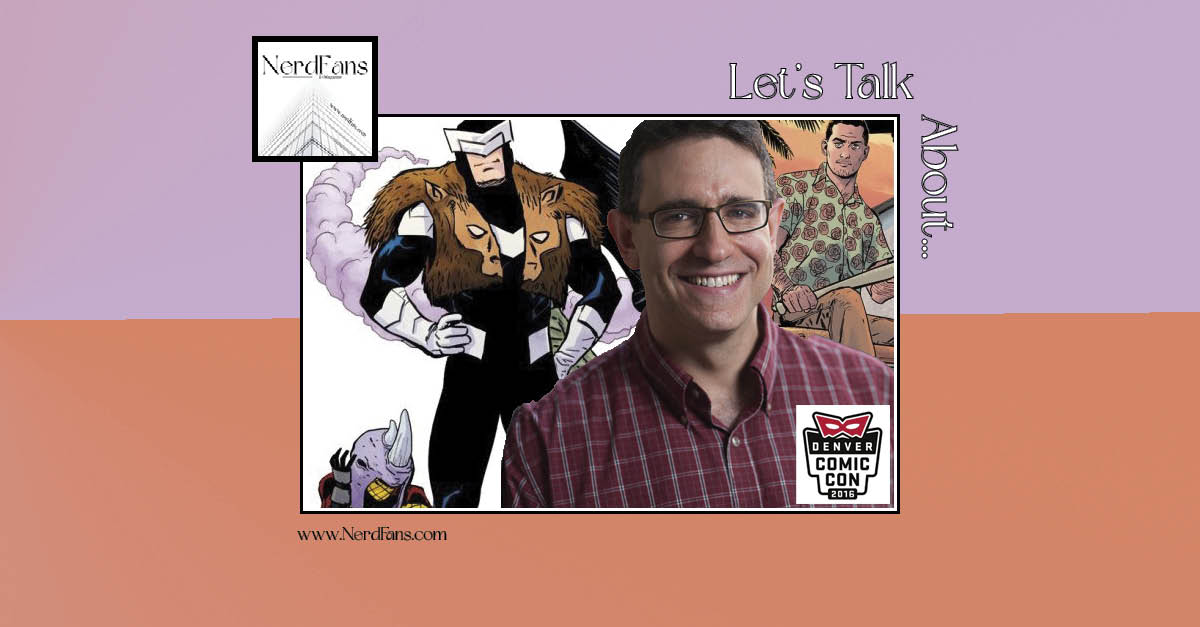A Sales Team reason for rejection
This is actually a pretty common practice—and one that’s fairly smart on the side of any publisher’s sales team.
When I worked in acquisitions for both fiction and nonfiction, there were several occasions when a book I was advocating was put on hold so that members of my sales team could call a few key bookstore buyers to get their opinions. If the buyer at Sam’s Club said she’d likely stock the book, that was a good thing. If a buyer at one of the national chains—say Barnes & Noble or Lifeway—said he couldn’t see my book on their store’s shelves, well, that was pretty difficult to overcome in the next publishing board meeting.
The reason for this is simple: Money. (Surprised?)
According to a 2009 report from the Association of American Publishers, “Trade Books” (hardcover and softcover adult and juvenile books that are best suited for sales through bookstore channels) are the number 1 moneymakers in this industry, accounting for more than $8 billion in net annual sales. This becomes even more significant when you consider that, over the past decade, bookstores have been closing at an alarming pace. In 2000, there were 2,794 bookstore members of the American Bookseller’s Association. In 2010, that number had shrunk by almost half, to 1410. “Big publishers are primarily interested in ‘bookstore books,’” says industry veteran, Robert Bly. And he’s right. If your new book doesn’t demand a place on bookstore shelves, chances are good it won’t be published at all.
What You Can Do About It
1. Visit a few bookstores to see what’s getting the prime shelf space.
“Know your enemy,” as they say. Shelf space is definitely limited in the typical bookstore, and that makes it valuable. Yet hundreds of books are still prominently displayed in just about any place that sells books. So your mission, should you decide to accept it, is to find out why those books got the prime spots at Barnes & Noble or Books-a-Million or your local independent bookstore.
Visit three or four stores. Try to mix your visits between national chain stores and independent (sole owner) stores. You might even pop into Sam’s Club or Target and see what’s going on there. Then make a list of all the qualities you notice about the highlighted books on each store’s shelves, and look for identifiable trends across all bookstores—these are obviously elements that appeal to book buyers at these stores.
When you’re done, figure out how to position your book so it fits into some of those identified trends. Then when my Sales VP asks a book buyer for an opinion about your book, the answer she’ll get will be, “Sure we’ll stock it—it fits right in with what we’re doing at our store!”
2. Use BISAC categories to help make your work bookstore-friendly.
Don’t ask me what BISAC stands for—I don’t know and I don’t care. But the BISAC Subject Headings List is the bookstore industry standard for categorizing books. Created by the Book Industry Study Group, Inc., it’s a complicated, detailed, subject-tree style list that—despite its complexities—is actually fairly easy to use. Every publisher looks to the BISAC list when labeling the category for a book, because just about every bookstore in America organizes its shelves based on the categories here.
When you’re getting ready to write up a proposal for your book, go ahead and browse the BISAC Subject Headings List until you find a strong category that fits your book. Then be sure to identify your book as part of that exact category in the materials you send to the publisher. If they’re already having trade sales success in that category, they’ll be glad to know yours fits in.
Here’s the web address for the BISAC Subject Headings List at the time this was published):
https://bisg.org/page/BISACEdition
3. Emphasize significant non-trade sales options for your book.
The truth is, many books make their money outside of trade bookstore sales—through direct-to-consumer efforts, or in professional association channels, and so on. In fact, a book that must rely solely on trade sales is probably going to struggle anyway.
So, in your book’s proposal, temper the need for significant sales in the bookstore channels by emphasizing the non-trade channels where you think your book will have success. (See Reason #67 for more on this.)
Looking for more? Check out these links:


